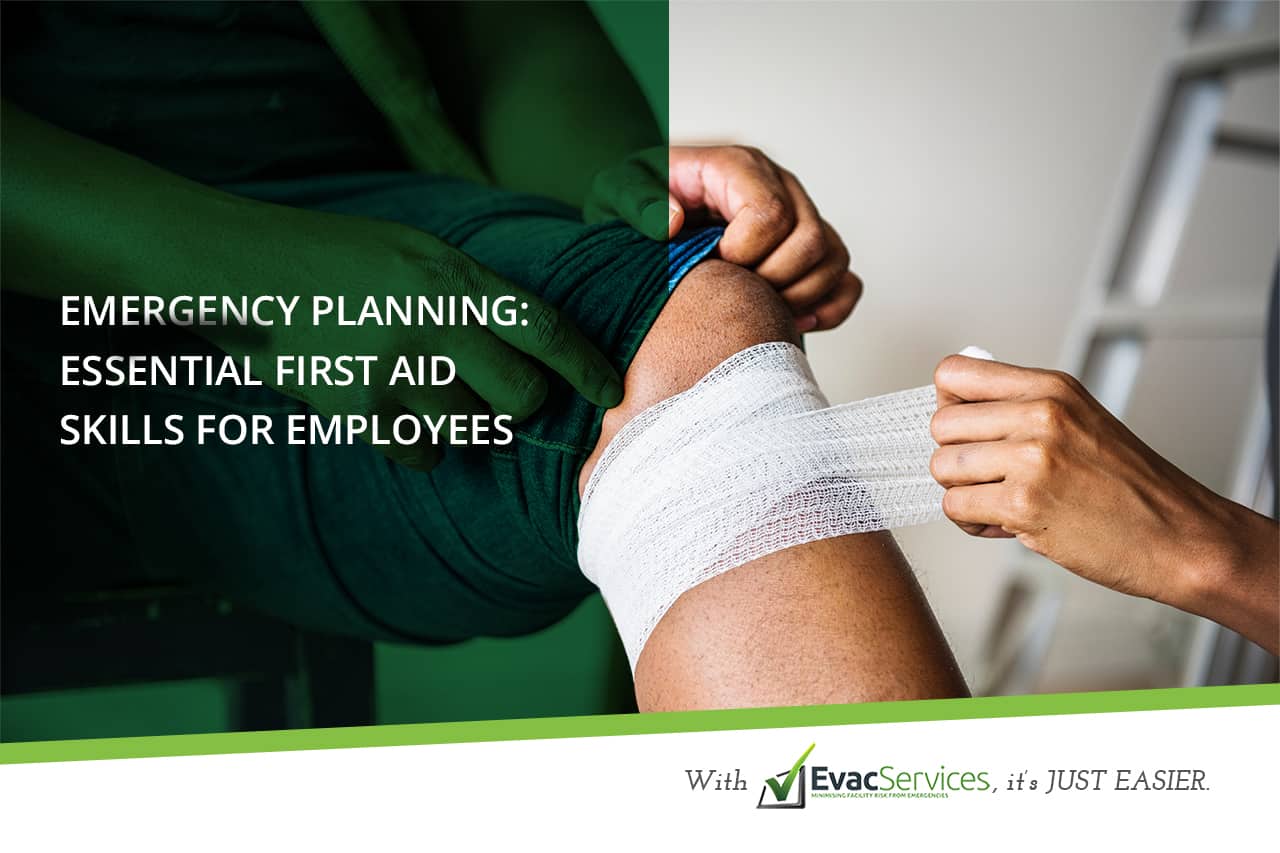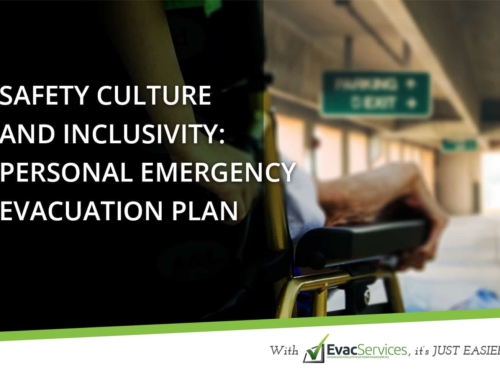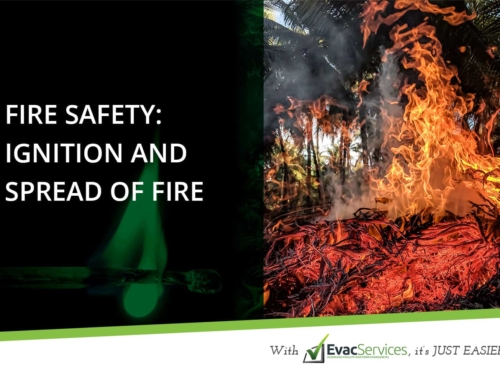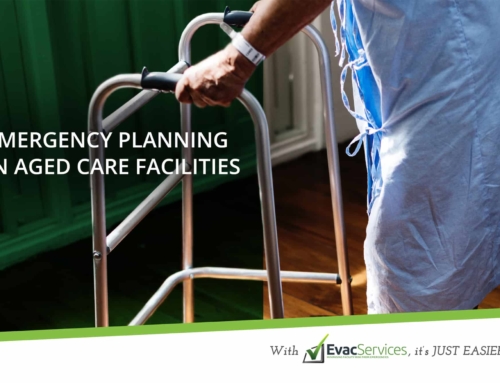Emergency planning in the workplace is an integral part of any company’s internal processes and policies. Although it does not necessarily bring in profit or income, it does keep everyone within the office safe and sound. As such, the government of Australia has mandated all businesses in the country to comply with safety standards, such as the provision of emergency training for staff.
Ideally, there is a manager or main point-person in charge of evacuation and other emergency planning strategies during an emergency. However, an effective emergency plan does not only ensure the safe egress for employees, but it also provides policies on how to extend assistance to those who may need it.
First aid skills and knowledge are, therefore, crucial elements of a successful company emergency plan. While each staff is primarily responsible for their safety, they should also be in the position to be accountable for the safety and welfare of their colleagues.
The First Thing about First Aid
Effective emergency planning must be able to provide pertinent information regarding first aid guidelines. According to the Code of Practice under section 274 of the Work Health and Safety Act(WHS Act), a company’s emergency planning initiatives should be based on the physical workplace, as well as the unique circumstances within that environment.
Appendix A of the code enumerates the following under the risk management approach:
- Identifying hazards that could result in work-related injury or illness
- Assessing the type, severity and likelihood of injuries and illness
- Providing the appropriate first aid equipment, facilities and training
- Reviewing your first aid requirements on a regular basis or as circumstances change.
These preliminary details are imperative for emergency planning and safety plans to be carried out successfully. Regardless of the probability of an emergency happening within a specific time frame, these things should regularly and consistently be carried out to ensure everyone’s safety should an emergency occur.
When it comes to first aid skills, it is not expected of the employees to have expert levels of knowledge for rescue. At the very least, however, they should be equipped with the basics of first aid so that they can better watch out for their safety and their colleagues as well.
Collective Responsibility
Employees are mandated to complete proper first aid training. Ideally, this should be offered by the company at least once a year. This is most crucial when a company moves into a new office space. The staff should be afforded the opportunity to familiarise themselves with the emergency plan of the new building where they are working.
Even though building owners are also mandated to be responsible for their tenants, it is still more ideal that company owners also hold responsibility for their staff internally. This is why a designated emergency warden must be appointed early on, one who will then facilitate the emergency planning procedures when a situation arises.
This burden of responsibility trickles farther down, from the company owner to the warden to the individual staff. The training should be provided for by an accredited company, certified and well-versed in delivering services that will help companies equip themselves with proper emergency safety in the workplace.
More than this, however, the individual staff members must make it a point to attend these training classes. There is no more compelling reason to take part in first aid training than the possibility that their very own life or that of their colleagues will one day depend on how well they react to an emergency situation.
Basic First Aid Skills
Because of the wide variety of risks present during an emergency situation, the staff should at least be trained on the most common dangers to one’s health. Skills such as conducting CPR, bandaging of wounds and bone injuries as well as trauma should be taken into account.
CPR, of course, pertains to the resuscitation of a patient or victim, who may have stopped breathing for one reason or another. Because of the sensitivity and urgency of the situation, it is not advised for someone without skills to try it on the patient. Wrong hand placement may cause further damage, instead of improving the patient’s condition. The purpose of the CPR is to jumpstart once more the breathing of the patient by unclogging the airways, which may have constricted, thereby blocking airflow.
Bandaging of wounds and bone injuries, on the other hand, are essential basic skills that staff should know how to do. Even simple cuts would have to be given emergency medical attention, mainly because a hazardous environment can easily lead to dangerous infections and complications. For this, having the emergency kit handy becomes a requirement. It is, of course, assumed that the emergency kit would have all the necessary tools to temporarily stop bleeding, and cover up the wound to protect it from infection.
Broken bones are another severe injury because it directly affects the mobility of a person. If the goal is to get out of a burning building, for example, moving a person with a bone fracture becomes all the more dangerous. Ideally, the patient must not be moved from their location without proper medical assistance. However, given that the situation is far from ideal, there should be someone in attendance who can offer first aid. Proper bandaging again comes in handy to secure the fracture to prevent worsening the condition.
Head trauma is also another common risk during emergency situations. Because of the grave and immediate damage that can be received by the patient, swift action is required.
A certified emergency planning training provider can help companies provide these basic first aid skills to their employees. Arming them with these skills will not only save their own lives but their colleagues’ as well. It doesn’t take a lot to have the working know-how of these emergency procedures.









